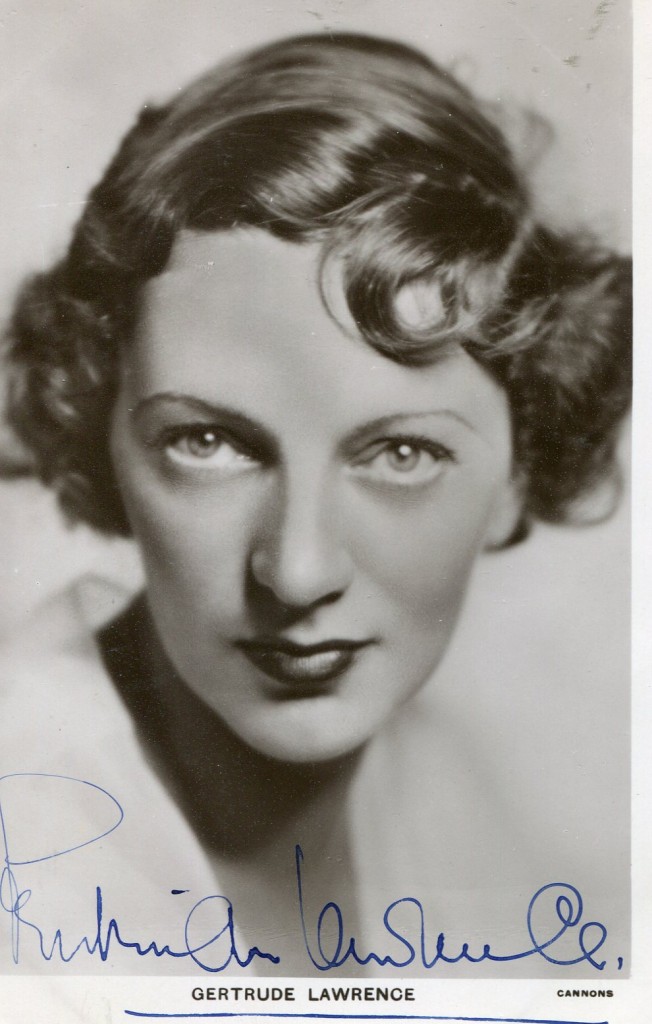
IMDB entry:
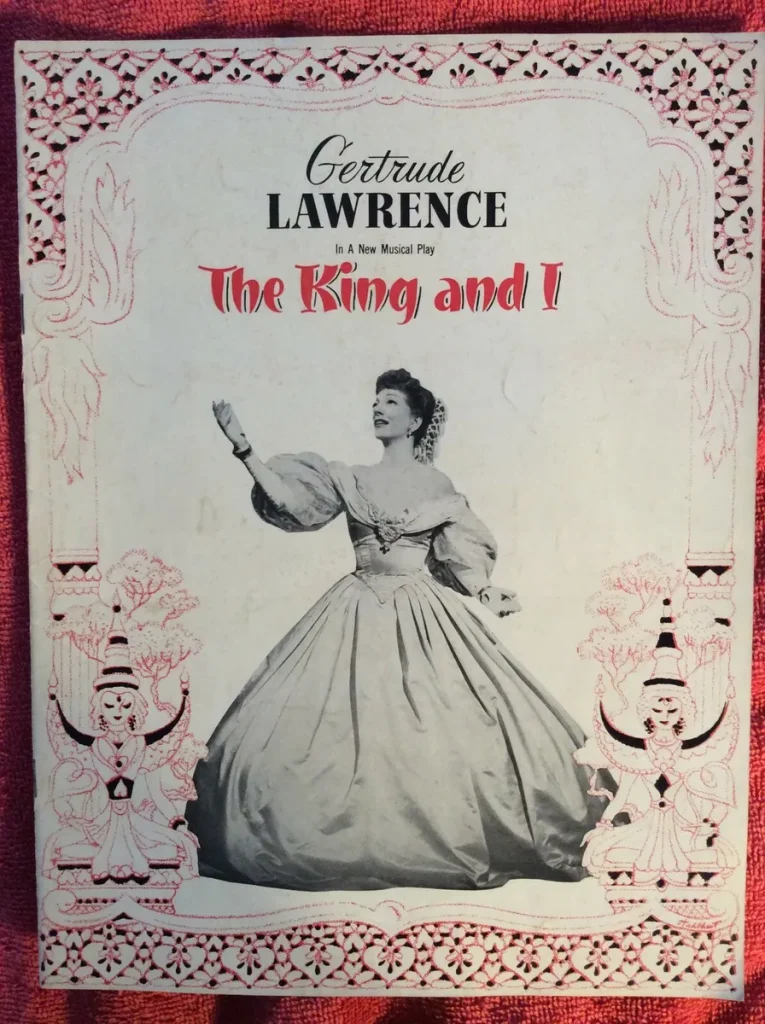
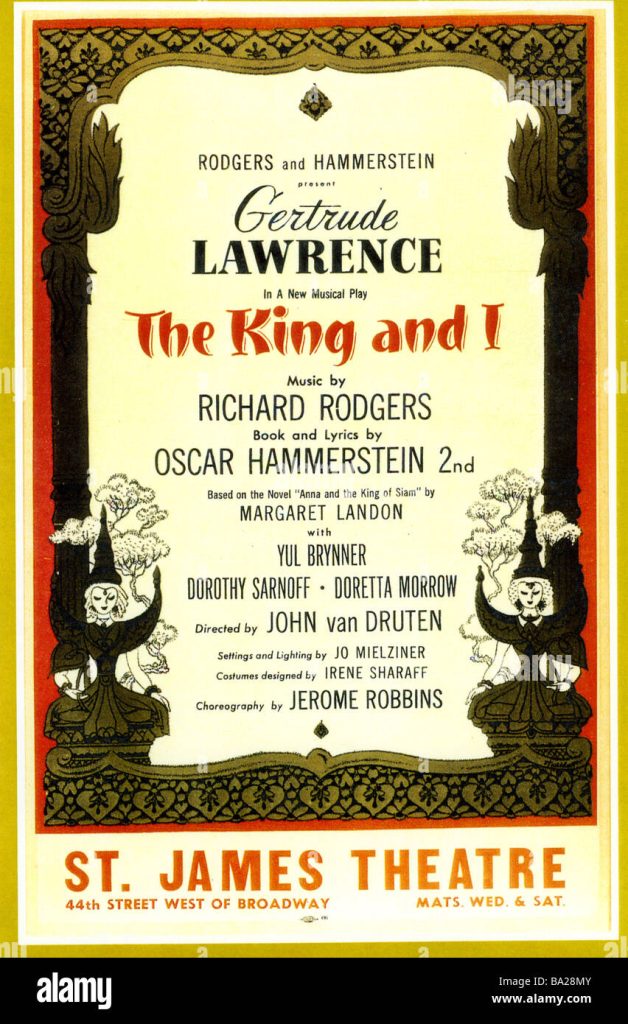
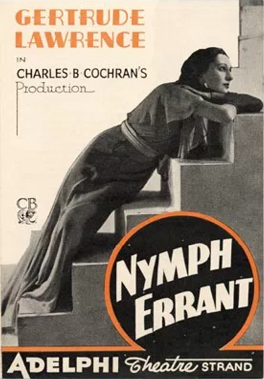
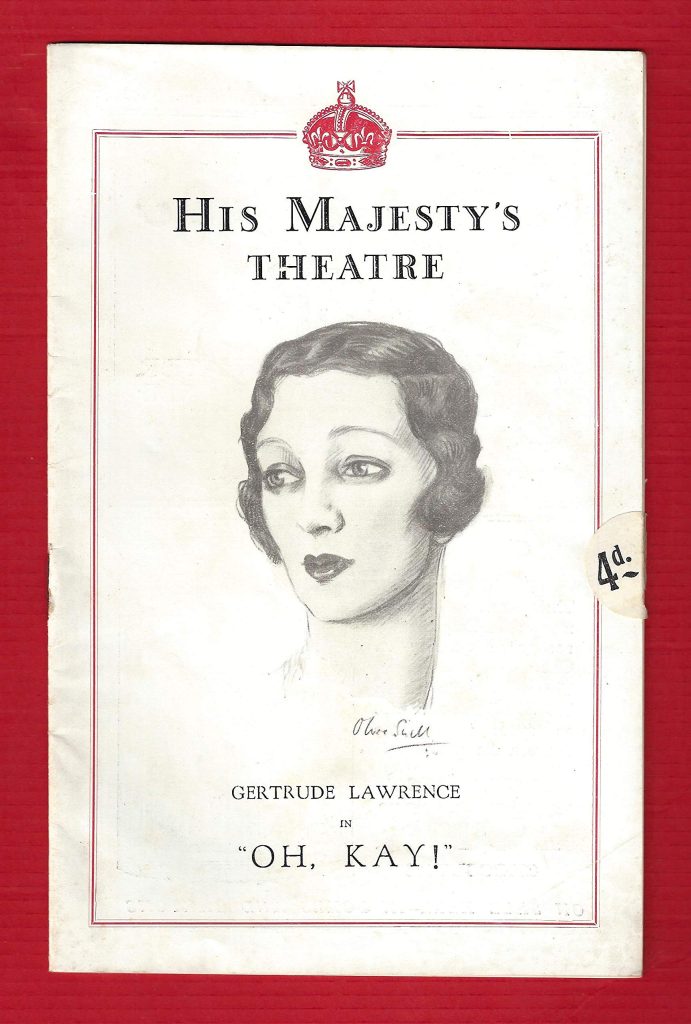
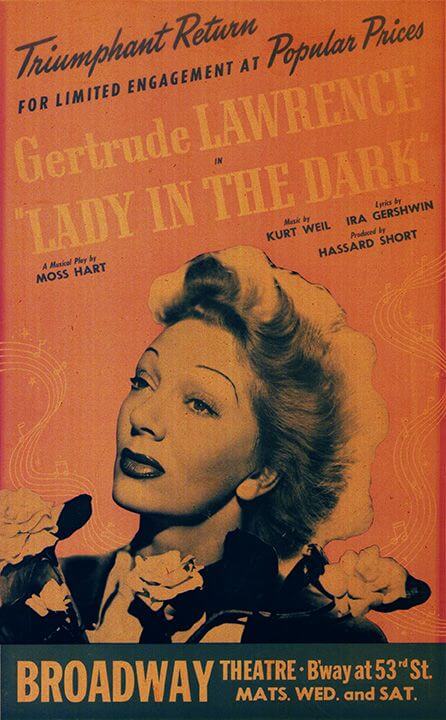
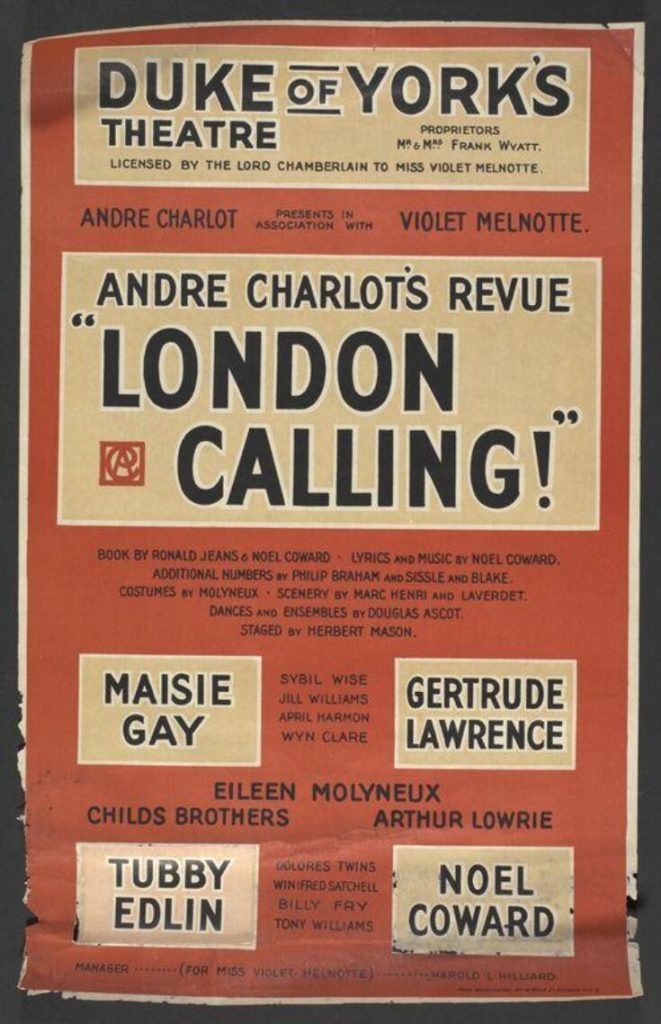
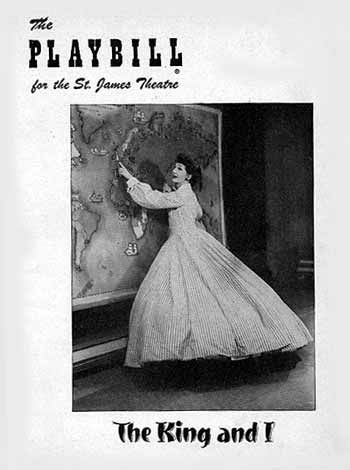
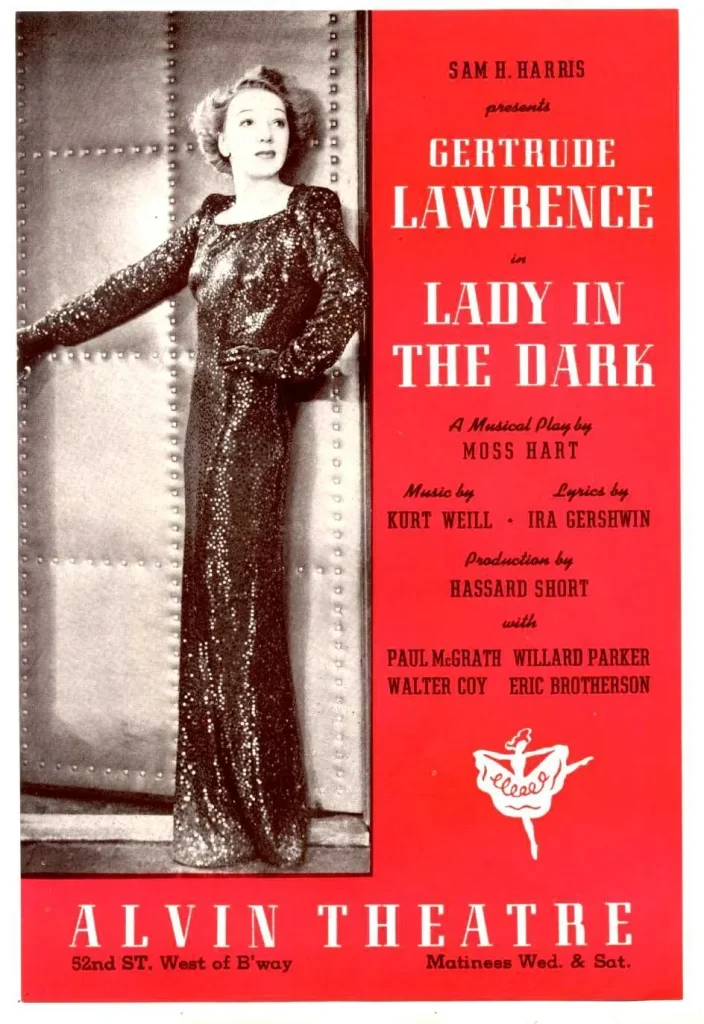
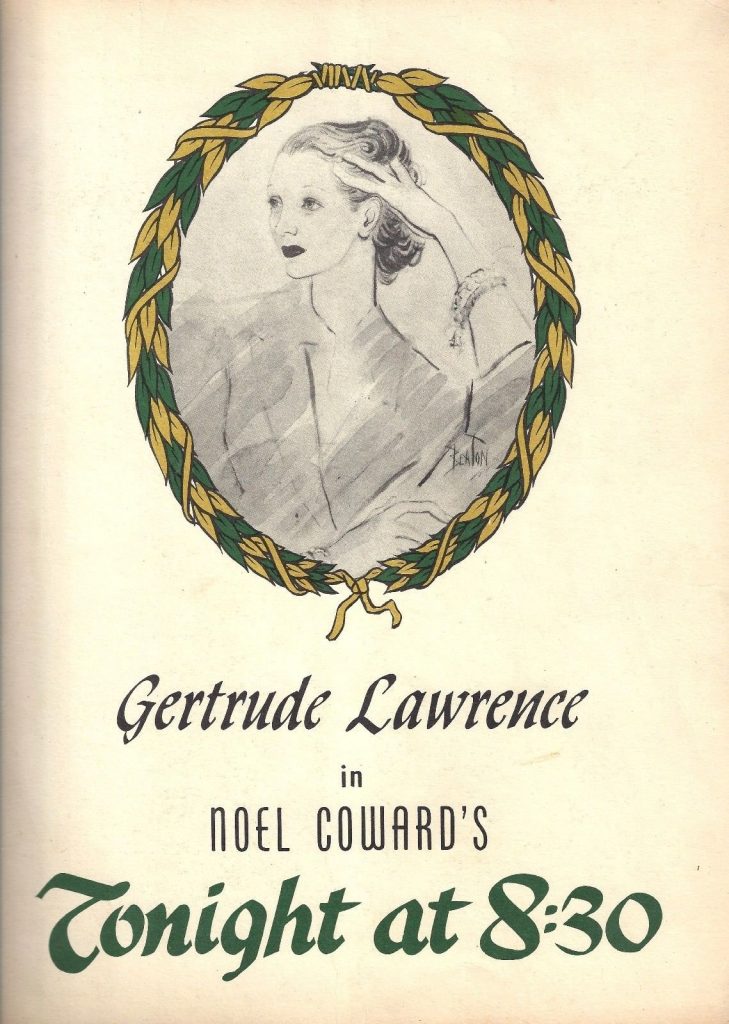
Gertrude Lawrence, original name Gertrud Alexandra Dagma Lawrence Klasen, (born July 4, 1898, London, Eng.—died Sept. 6, 1952, New York, N.Y., U.S.), English actress noted for her performances in Noël Coward’s sophisticated comedies and in musicals.
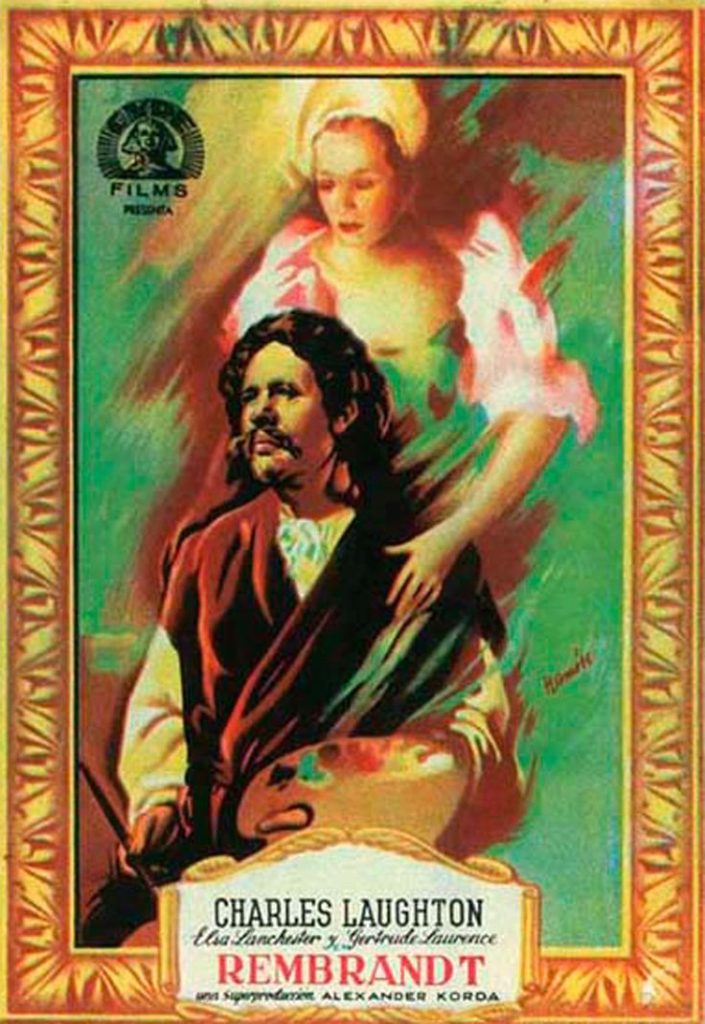
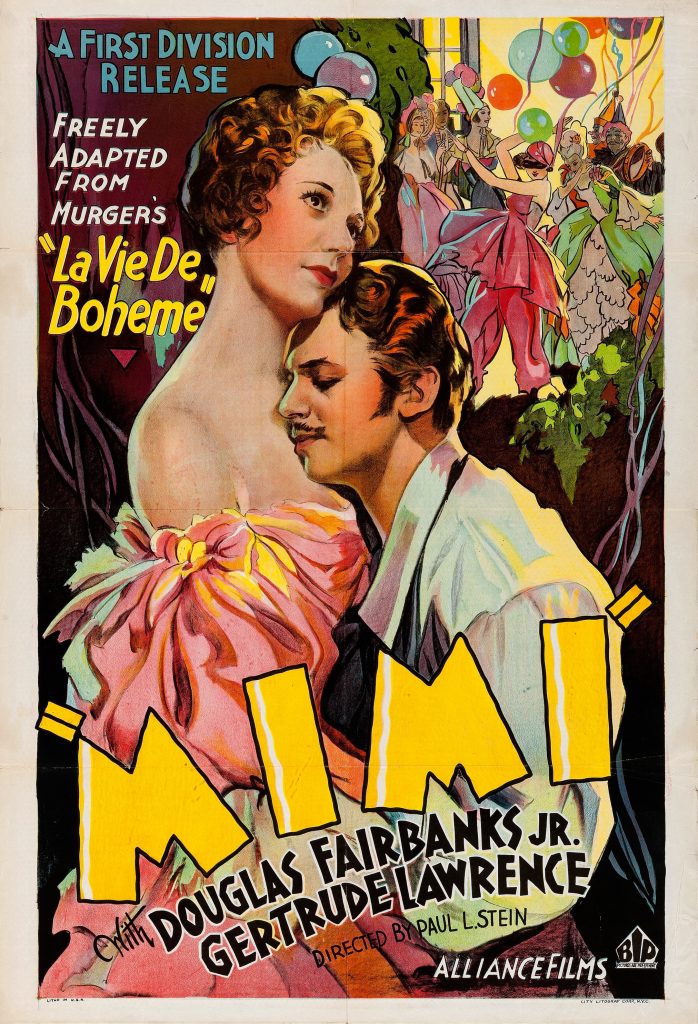
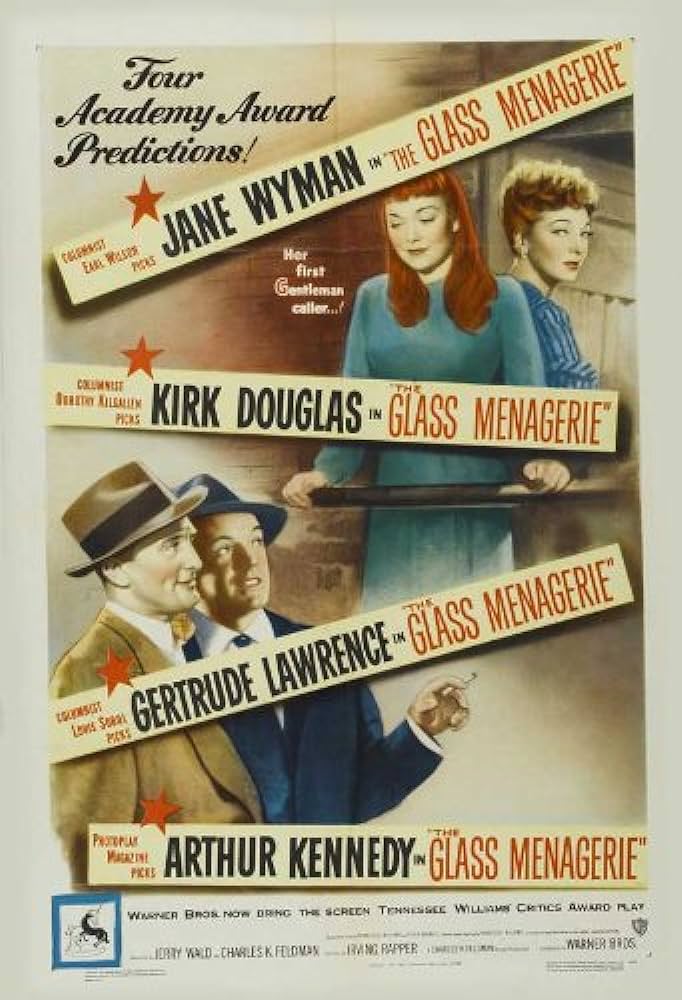
Lawrence was the daughter of music hall performers, and from an early age she was trained to follow their career. She made her stage debut in December 1908 in a pantomime Dick Whittington in Brixton. Subsequently she appeared in Babes in the Wood (1910) and other musicals and plays, and for a time she toured in minor revues. In 1916 she began appearing in André Charlot’s intimate revues in London, and two years later she stepped into the lead when Beatrice Lillie fell ill. She appeared with Coward, whom she had known for 10 years, in his London Calling (1923) and in January 1924 made her New York debut as one of the stars of Charlot’s Revue, with Lillie and Jack Buchanan. In 1926 she starred in George and Ira Gershwin’s Oh Kay!, which moved to London the next year, and in 1928 in their Treasure Girl. In the latter year she played her first straight dramatic role in Icebound in London. Lawrence’s greatest role was in Coward’s Private Lives, written with her in mind, in which she opened opposite the author at the Phoenix Theatre, London, in September 1930. Both the play and the stars set the tone that would characterize comedies of manners for a decade or more: sophistication, brittle wit, and chic. Perhaps Lawrence’s greatest triumph was as Liza Elliot in the Moss Hart–Kurt Weill musical Lady in the Dark (1941). Throughout her career, her singing and dancing, both accomplished but not exceptional, merely supported her compelling stage presence, what Coward called her “star quality.” On the strength of it she remained for a quarter-century one of the most popular stars on the American and British stages. She spent the years following her 1940 marriage to Richard Aldrich, an American producer, in the United States. In 1945 she published an autobiography, A Star Danced. In March 1951 she opened on Broadway in Rodgers and Hammerstein’s The King and I, during the run of which she died
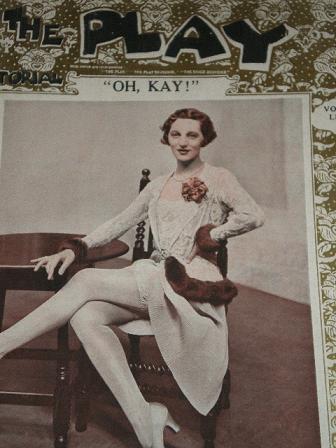
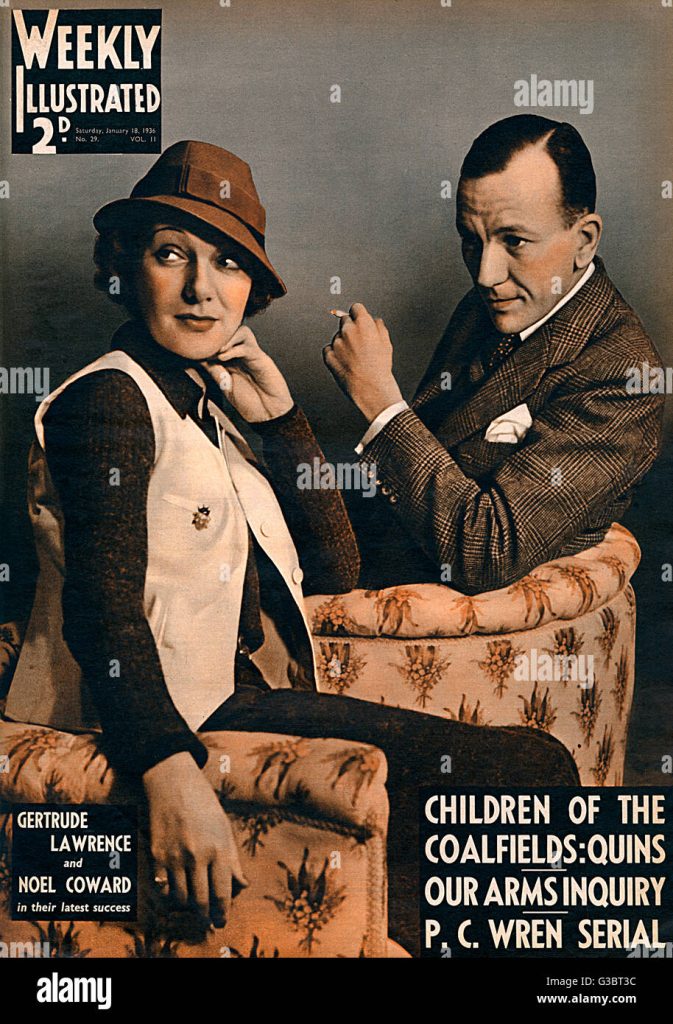
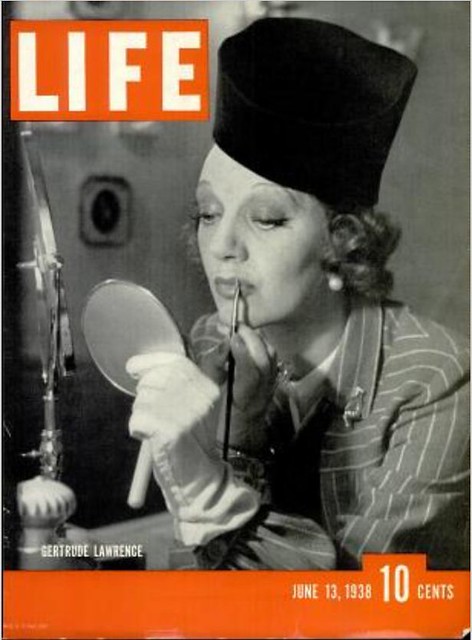
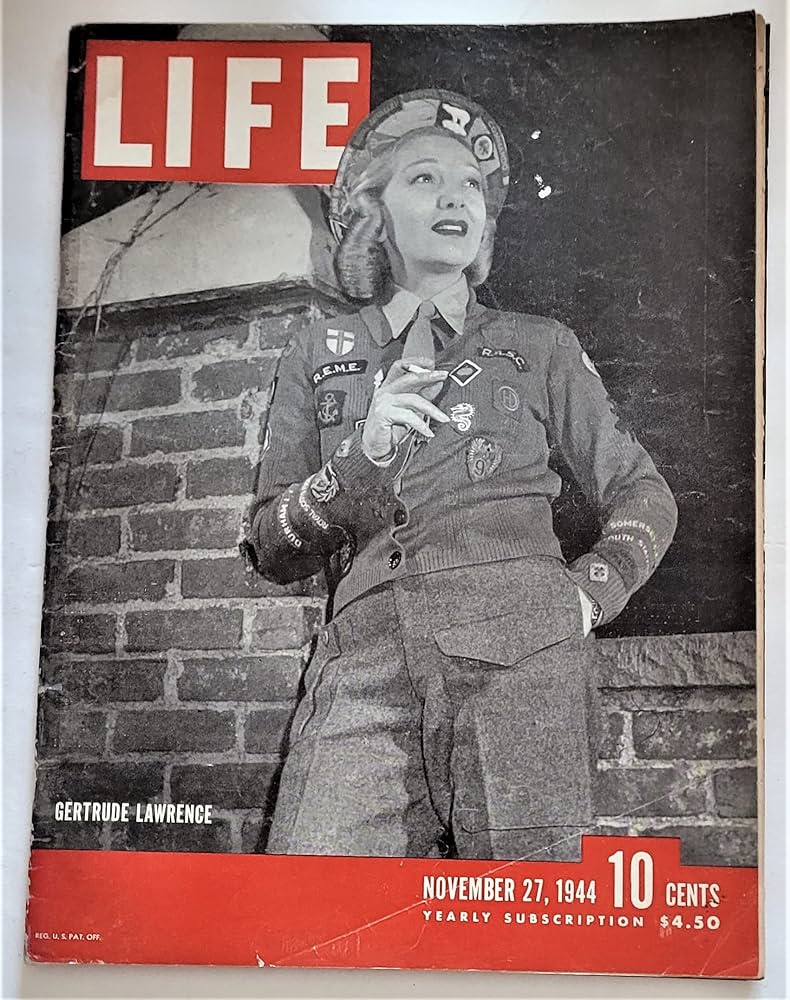
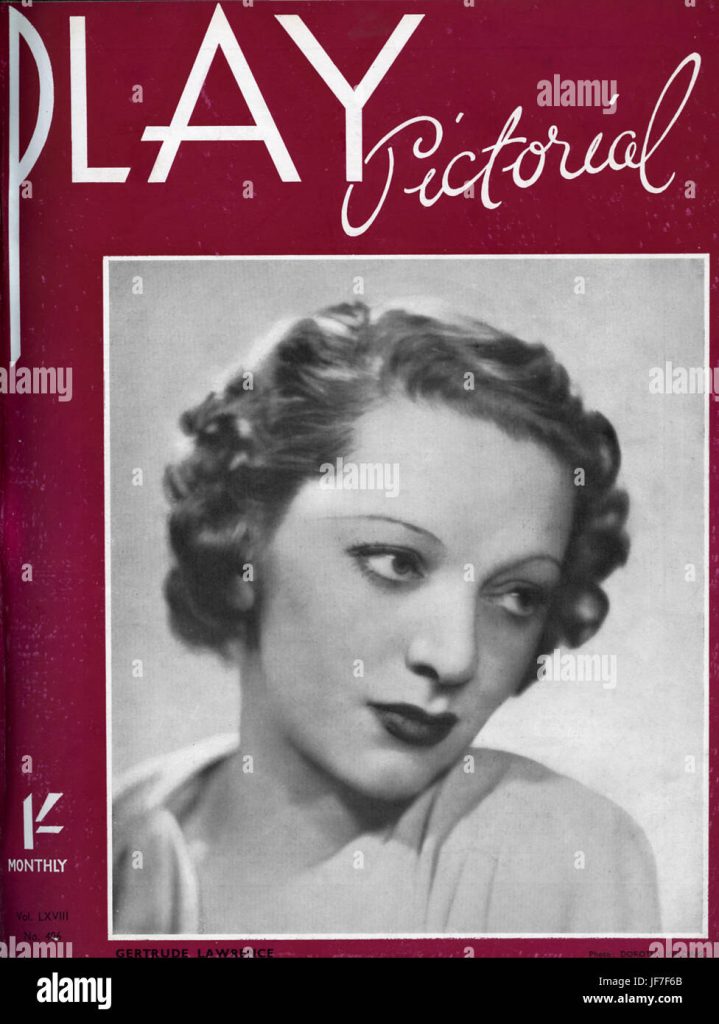
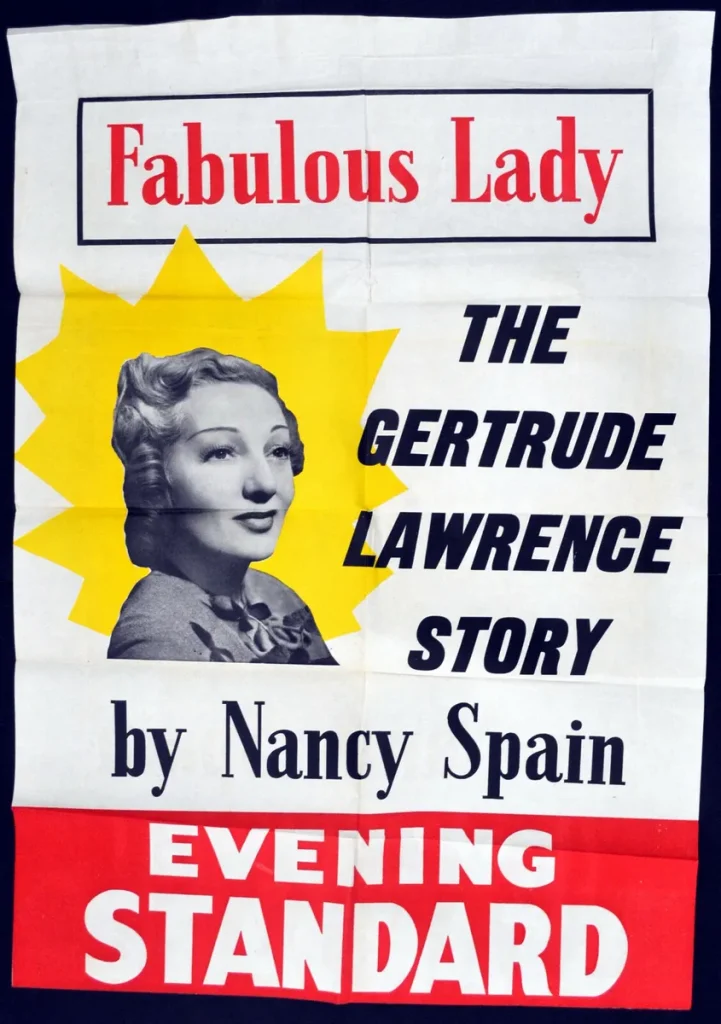
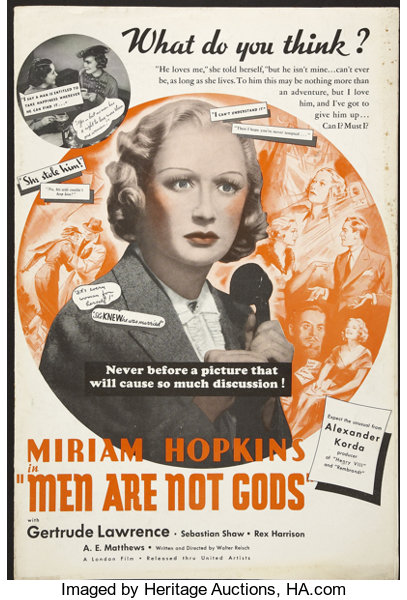
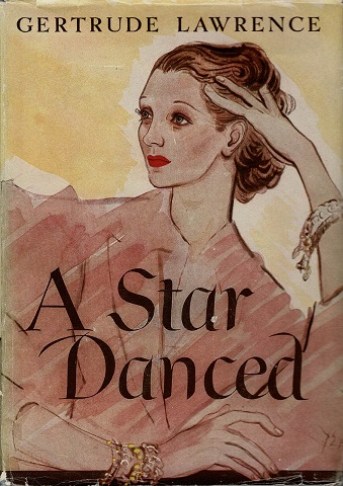
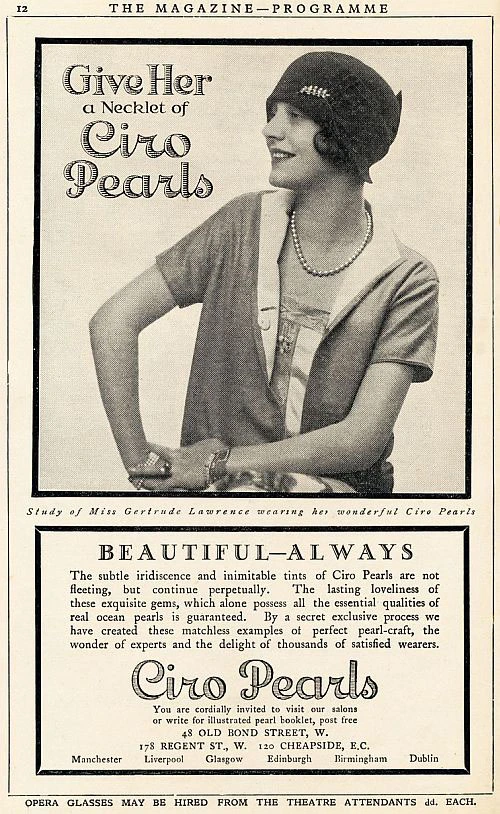
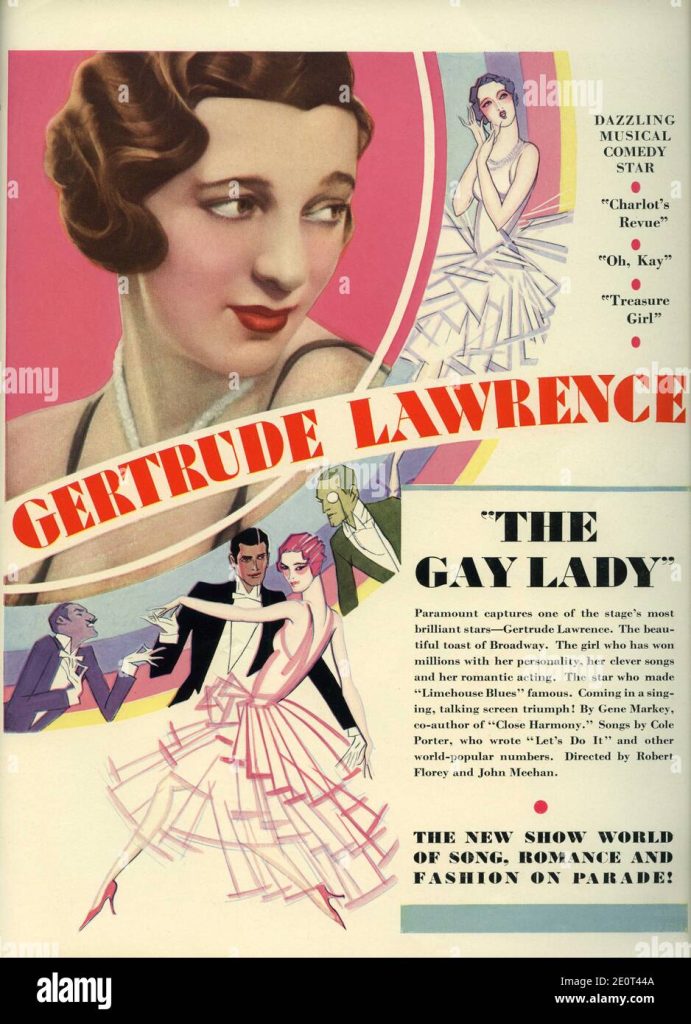
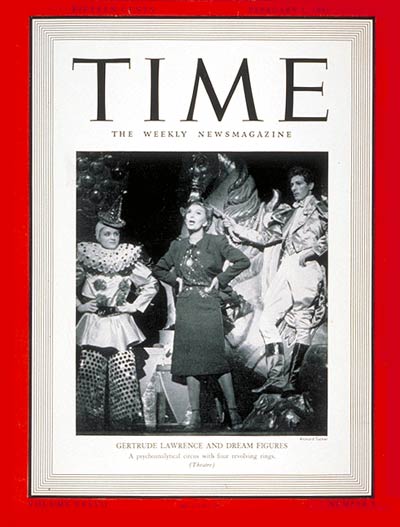
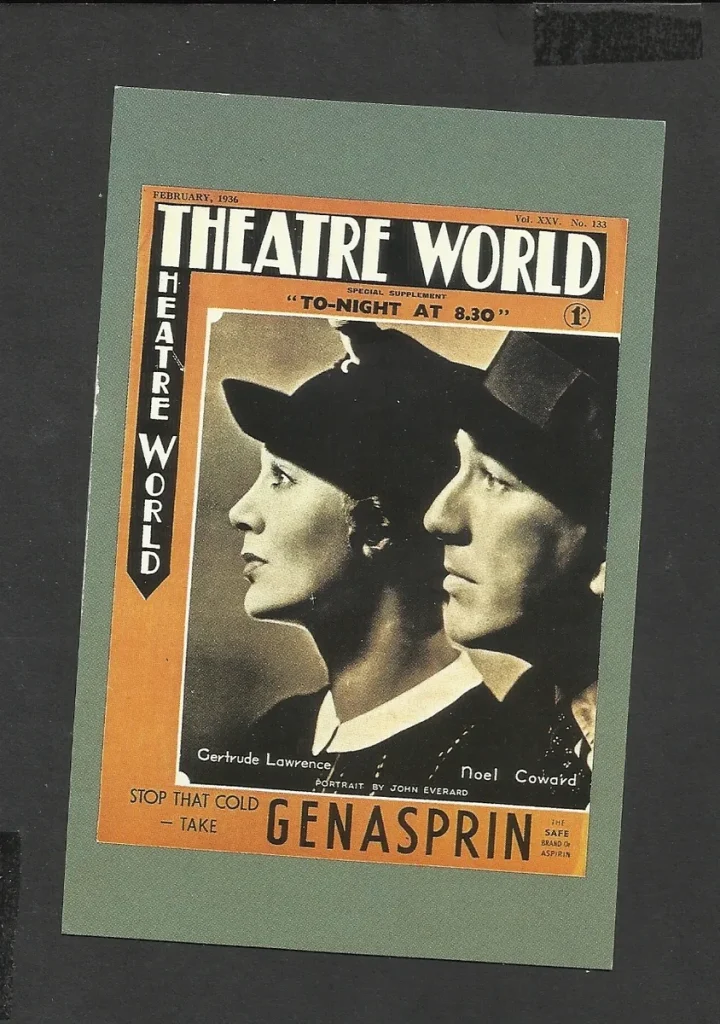
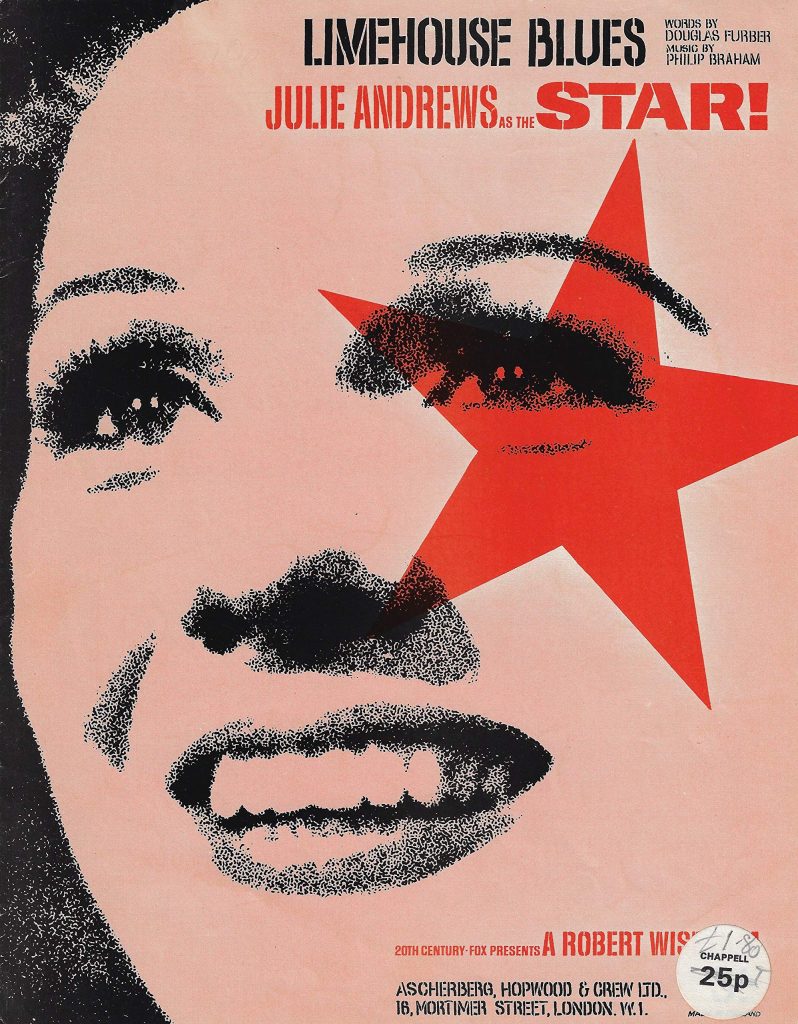
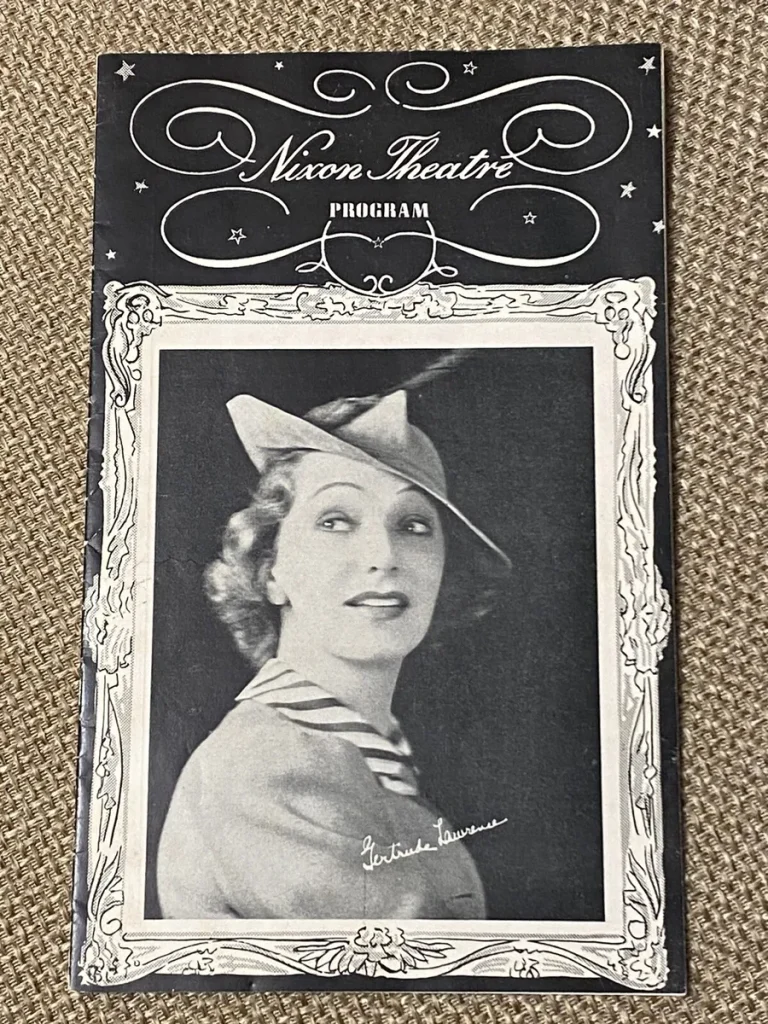
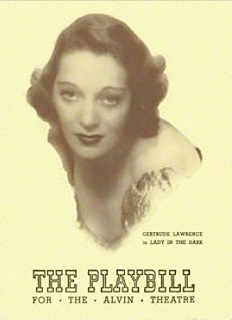
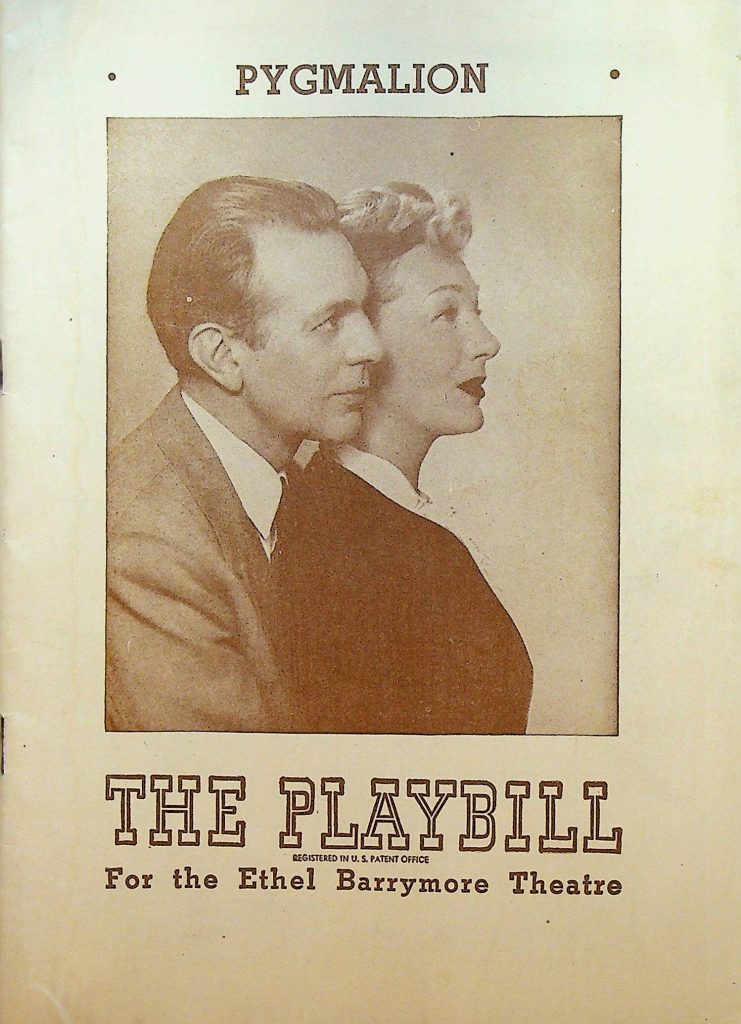
She discovered she had cancer during the early part of the stage run, and died the year after the show opened. One of her last requests was that Yul Brynner, her leading man in the show, be upgraded in the posters and playbills from below to above-the title billing, sharing star billing with whomever would play Anna in other performances.Frequently appeared on stage opposite childhood friend, Sir Noel Coward.
Entertained allied troops in Europe as part of ENSA during World War II.
Is buried in the pink satin hooped ball gown that she sang “Shall We Dance?” in from the Broadway production of “The King and I”.
Child from first marriage: daughter Pamela
Won Broadway’s 1952 Tony Award as Best Actress (Musical) for “The King and I.”
Biography in: “American National Biography”. Supplement 1, pp. 347-348. New York: Oxford University Press, 2002.
The character of Lorraine Sheldon in the Moss Hart / George S. Kaufman play “The Man Who Came to Dinner” (later filmed as The Man Who Came to Dinner (1942), was based on Lawrence.
Portrayed by Julie Andrews in the 1968 biopic, Star! (1968).
Was considered for the role of Margo Channing in All About Eve (1950) after Claudette Colbert was forced to pull out of the project due to back injury. However the part was given to Bette Davis, who went on to receive a Best Actress Oscar nomination for her performance.
Of Danish-Irish ancestry, she started as a child dancer in the pantomime ‘Dick Whittington’ at the age of ten. Her first major success was in Andre Charlot’s Revue at the Times Square Theatre (1924-1925), co-starring Beatrice Lillie and Jack Buchanan


